I sometimes hear that a timber-framed house is flimsy, doesn't support certain architectural artifices and is not aesthetically pleasing. The Litarh-built house I present here is the perfect argument to contradict all this. Designed by the Italian architectural studio Conte & Ferrari, the house has a great design, it is modern and bright, with wide openings and subtle combinations of materials and textures. At the same time it is very well insulated and sturdy, having been built to meet all seismic resistance requirements. Litarh, manufacturer of wooden houses in the Moldova Valley, built the elements of the house in the Romanian factory, then assembled them in Vicenza, Italy, in just 6 weeks, fulfilling the Italian owner's dream.
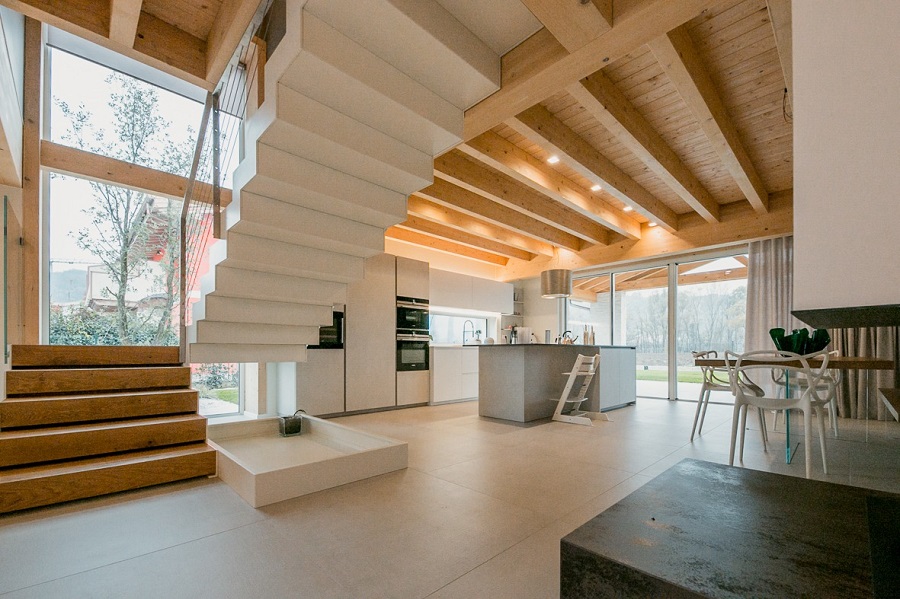
After the experience of living in a house built by Litarh he built his own house using the same builder
Matteo lived for 7 years with his family in a house built by Litarh in Vicenza in 2012. After the pleasant living experience, when he decided to build his own house, he knew from the beginning what type of structure he would choose and who would build it. After Conte & Ferrari architectural studio did the architectural design, he contacted Vlad Liteanu to "book" his "reservation". The house was going to be built in 2019, but he wanted everything to be done at his own pace, so he worked out all the details in the first half of 2018.
The house is 240 m² on two levels. On the ground floor there is a very large open space including living room, open kitchen with dining area and staircase leading upstairs. Next to this space, also on the ground floor, is the garage, a laundry area and a bathroom. Upstairs are three bedrooms and two bathrooms. The house has a roof made of exposed wooden laminated beams using the false strut, basically two rows of beams stacked on top of each other so that, in addition to the aesthetic aspect, very good thermal and acoustic insulation can be achieved. I will come back to this in more detail. The heating is underfloor and ceramic tiles have been used as roofing, another argument in support of the fact that such houses are very robust and can support very heavy weights.
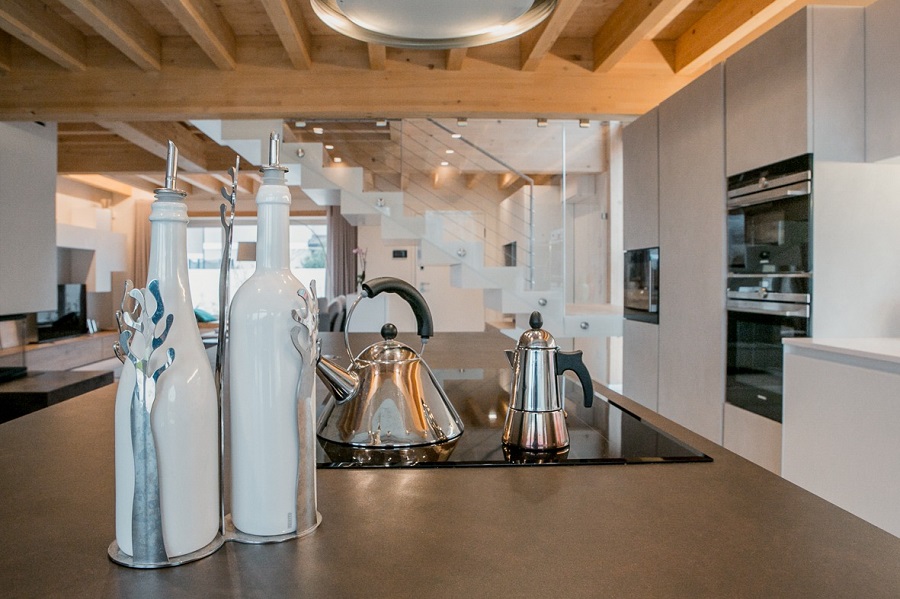
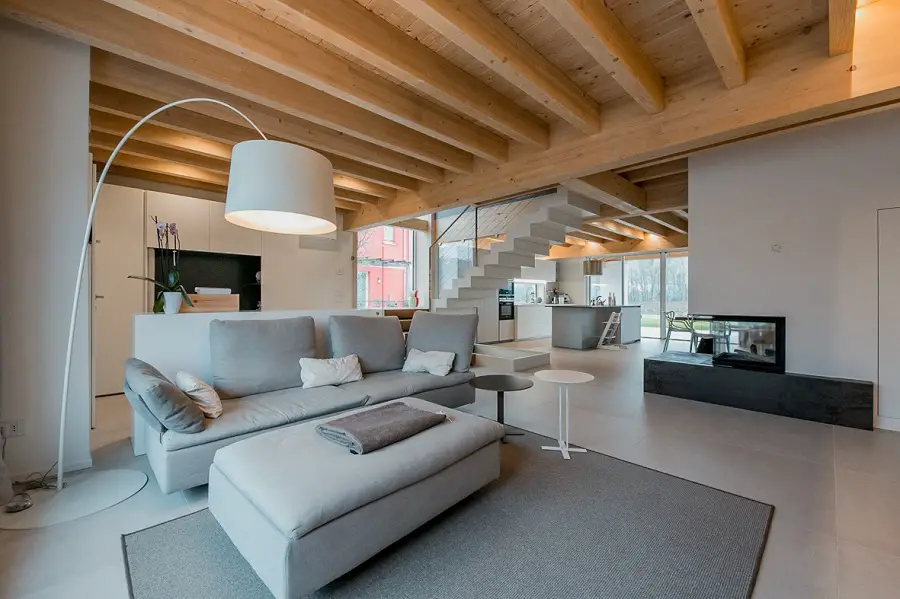
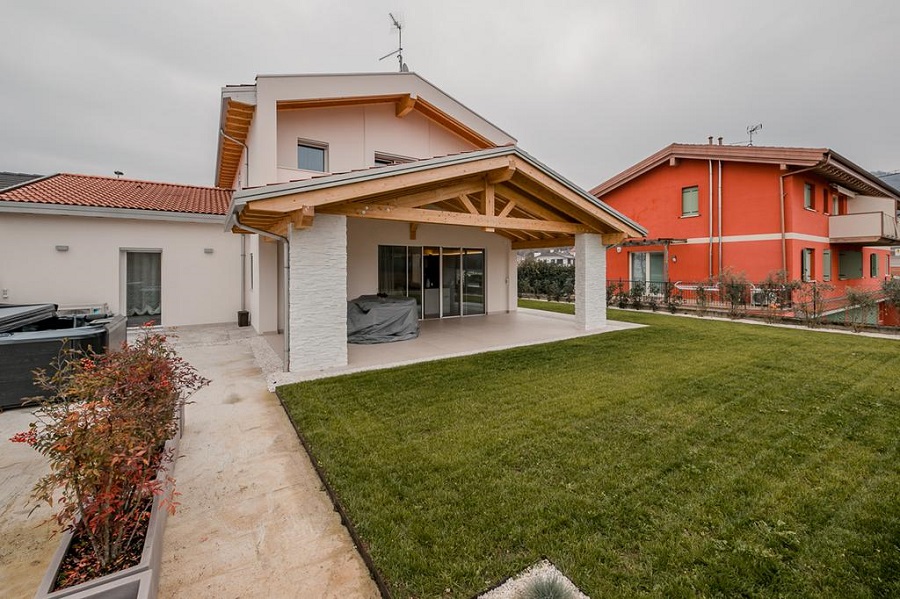
He built a house so sturdy that "it can be left to his great-great-grandchildren"
The building elements of the house - walls, floorboards, beams, trusses - were machined and assembled at the factory in Valea Moldovei. The process took 2 months. Being a house with wide open open spaces, built in a seismic zone (the whole territory of Italy is declared a high seismic risk area), the walls are very solid, even if some of them are 8-9 m long. The structure of a wall was made up of wooden framework 60 mm, clad inside and out with 15 mm OSB. Between the two OSB layers 150 mm thick semi-rigid basalt wool insulation was installed. A 60 mm technical space was left on the inside for the electrical wiring, enclosed with another 12 mm OSB cladding, over which plasterboard was installed.
The roof was made using the false strut. That is, over the remaining exposed beams was installed 18 mm wood paneling, then a vapor barrier, insulation rafters, 200 mm semi-rigid basalt wool insulation, 40 mm high-density (140 kg/m³) 40 mm high-density (140 kg/m³) wood fiber board and 60 mm super dense (230 kg/m³) AGEPAN THD (230 kg/m³) 60 mm high-density (230 kg/m³) AGEPAN THD wood fiber board. Thus, lamellar beams and the floor remained visible without any negative effect on the thermal insulation.
The elements were mounted with special Rothoblaas anti-seismic Rothoblaas connectors on a curb that elevated the house sole. External insulation of 100 mm rigid basalt wool was also installed on site. The strength calculation was carried out by Litarh and checked and approved by specialized Italian engineers. The result is a very sturdy, resistant house, which Vlad Liteanu says can be bequeathed to his great-great-grandchildren. Three Litarh carpenters worked on the construction of the house and everything was done in 6 weeks. When the team had completed their task, the house only needed interior and exterior finishing touches before being furnished.
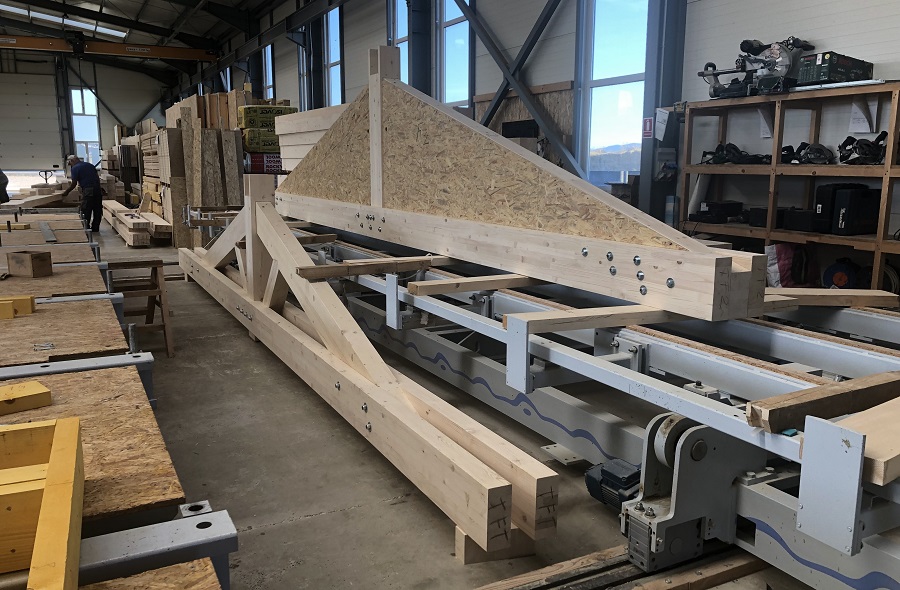
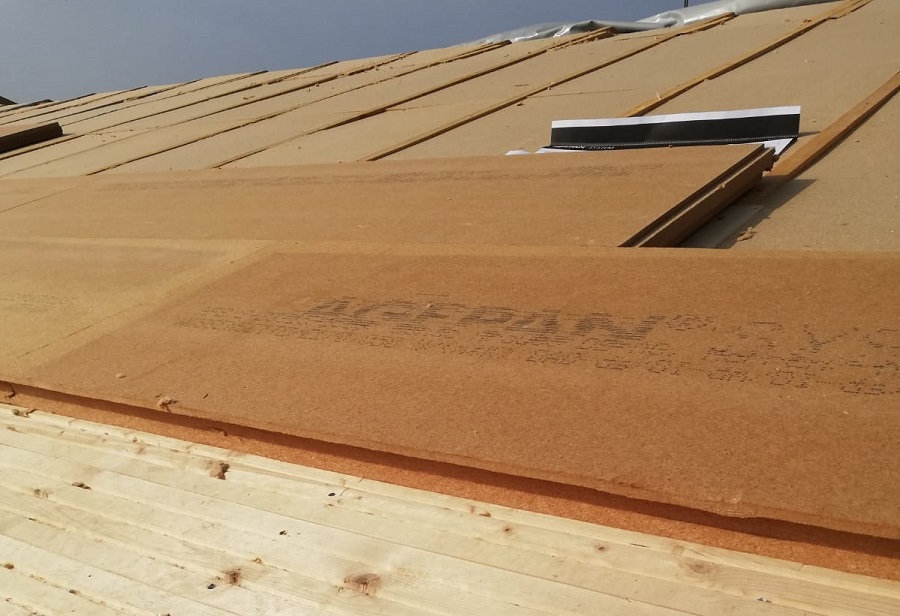
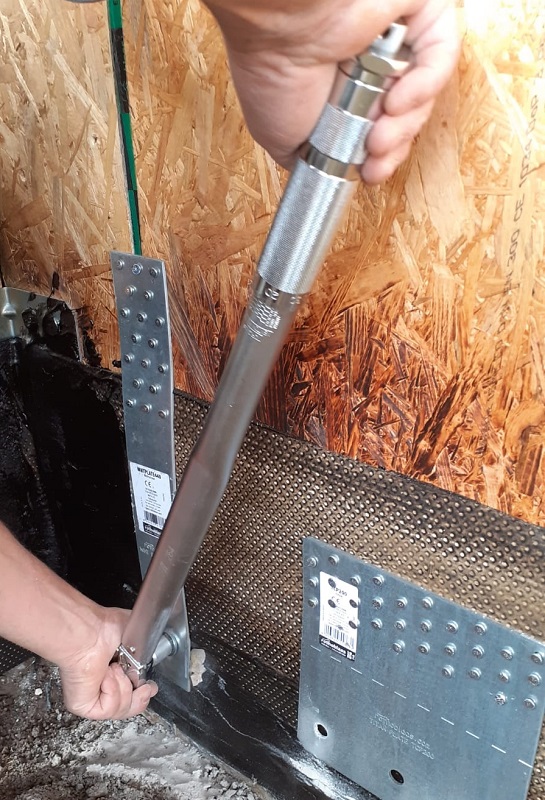
Built in compliance with Italian law on thermal lag
In addition to earthquake resistance, the house had to meet another requirement. In Italy it is very important to insulate during the summer so that the house stays cool and the use of air conditioners is avoided. This requirement is regulated by Law 10/1992, which says that every project must include a calculation of the thermal lag, which must be greater than 10 hours.
Thermal breakdown is the time interval from the moment of thermal action on one side of the building element until the opposite side is felt. This means that, depending on the materials used in the construction of the external wall and the way in which it has been made, the outside temperature will reach the inside more quickly or more slowly through that wall. The thermal lag is related to comfort in summer, when the requirement is that the heating effect of the external elements due to the high air temperature and the direct action of the sun's rays is felt inside with a certain delay. A time of more than 10 hours causes the very hot and sunny period of the day to be exceeded and so the outside heat does not reach the house.
The calculations showed that the insulation materials used and the way Litarh designed the structure of the building elements resulted in a thermal lag of 13 hours for the exterior walls and 14 hours for the roof.
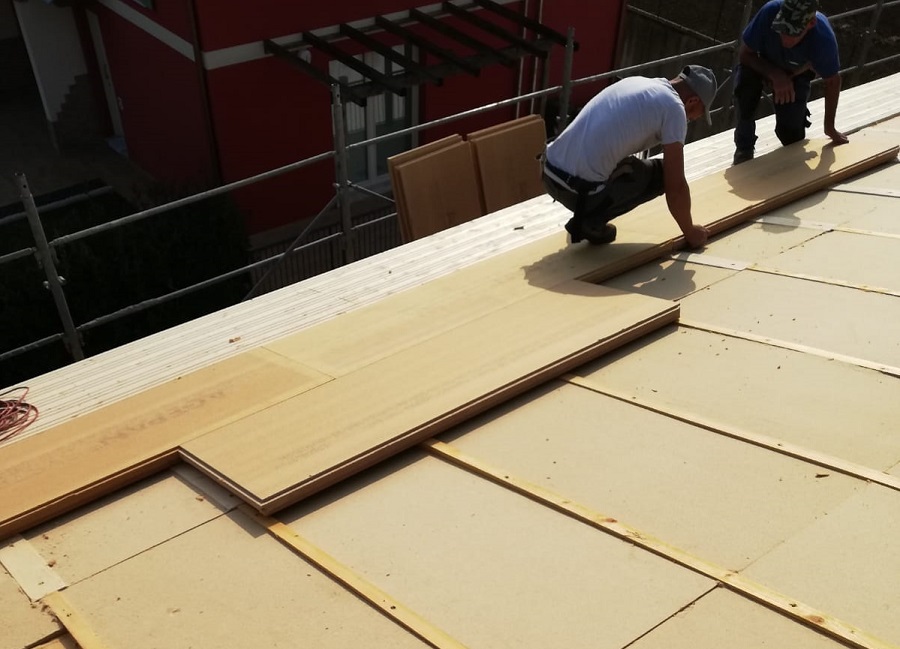
Contrary to some opinions, a timber-framed house can have a very modern design
The wooden frame house in Vicenza, built by Litarh, combines contemporary architecture with classic construction solutions that provide strength and stability. The wide spaces, generous windows, suspended staircase, exposed beams and fireplace give the interior a modern and pleasant feel. The natural color of the wood of the steps and beams are accents which, together with the grey of the sofa and the black framing the fireplace, accentuate the monochrome of the space.
The beams are also visible on the outside, both at the entrance, where they support the balcony, and on the opposite side, where they form the roof of the terrace. The shape of the terrace pillars and the framing elements of the windows and balconies give the whole house a cubist feel. The minimalist landscaping of the courtyard, with lawn, gravel and a few plants, together with the architectural lighting and the white color of the exterior finish, emphasize the simple elegance of the house. You can feel the Italian design and Conte & Ferrari fully deserve our appreciation for this project.
I'm sure that, looking at the photos of the house built by Litarh in Vicenza, even the most skeptical of this way of building will see it as an alternative.
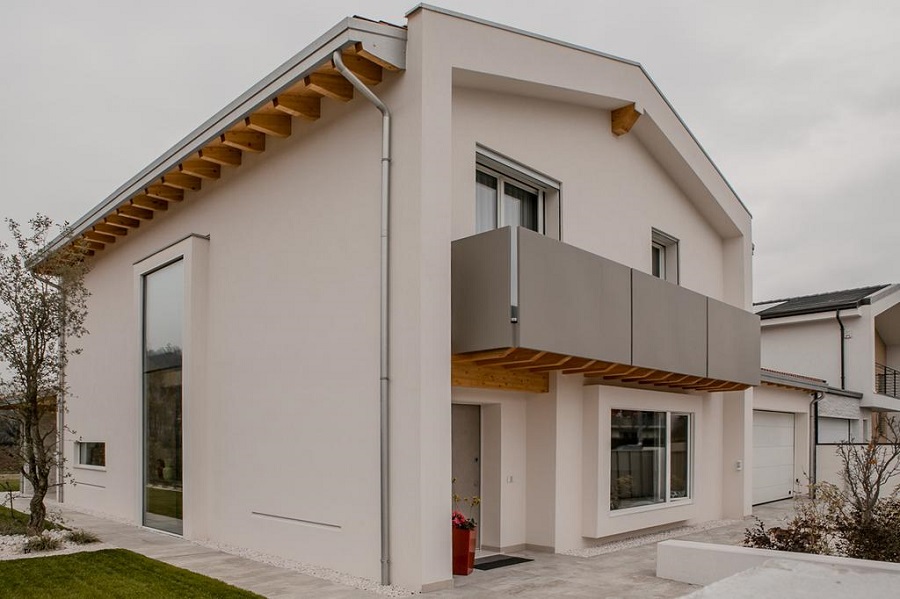
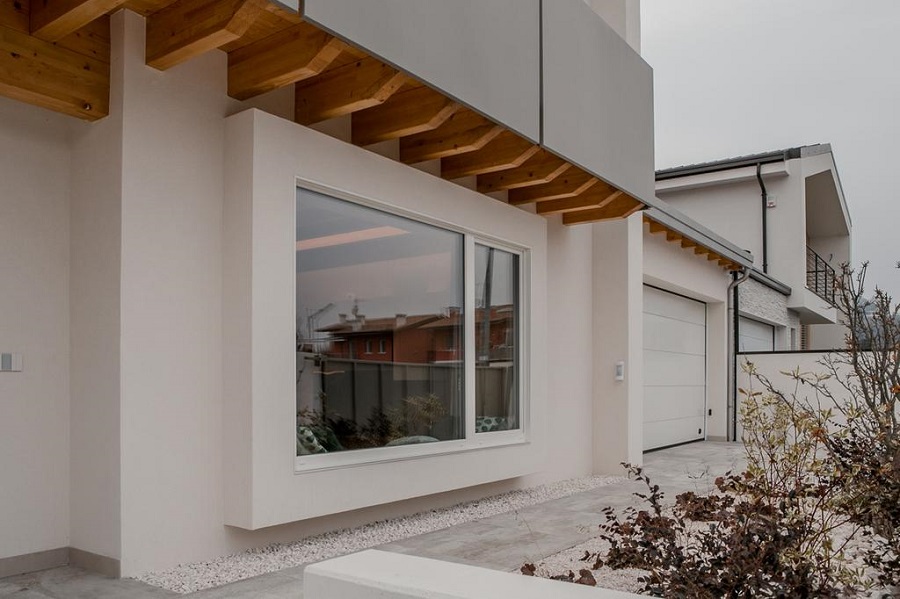
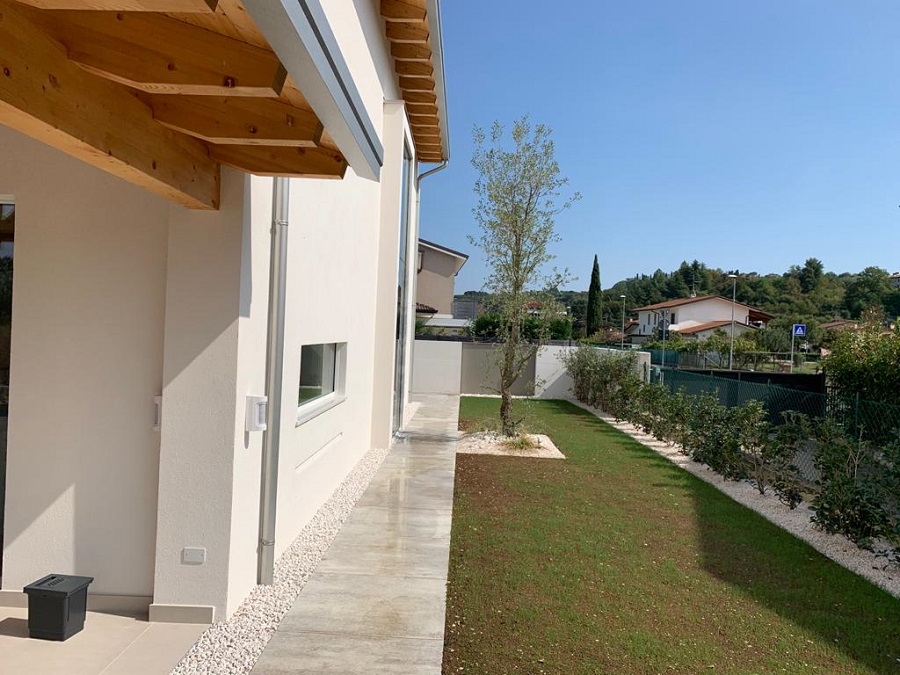
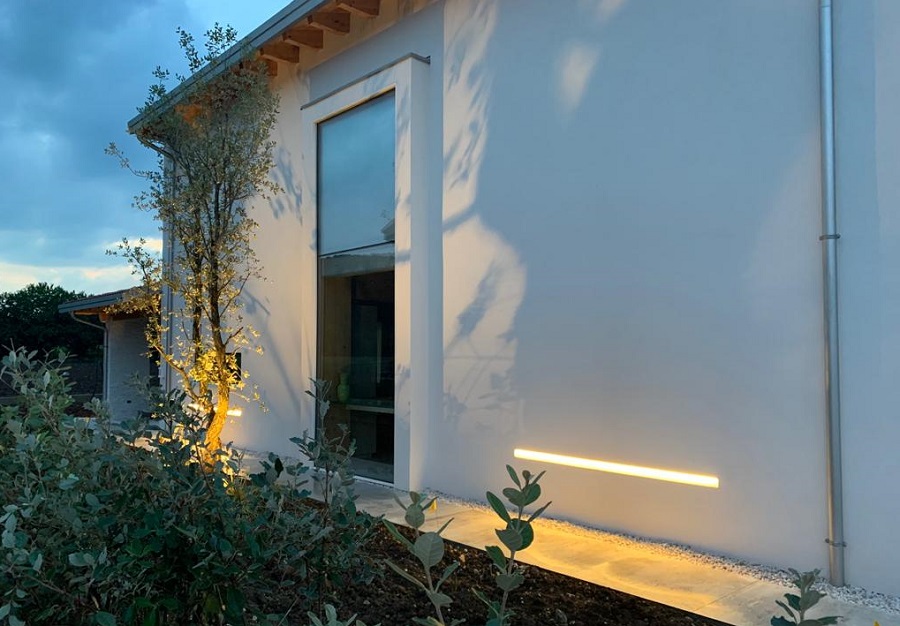

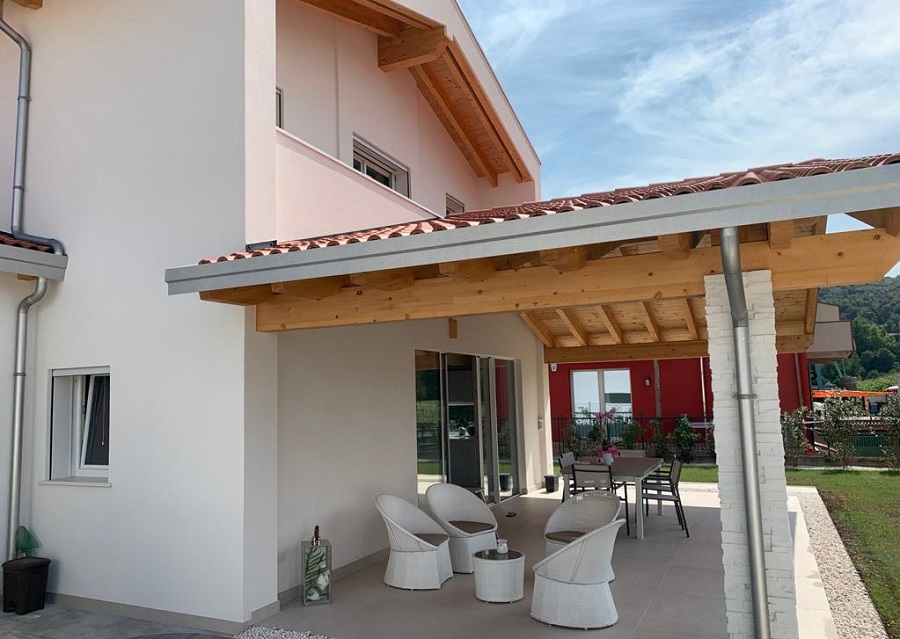
Factory and construction site photos: Vlad Liteanu - Litarh
Photographer of the finished house: Matteo Conte - Conte & Ferrari Architetti Associati

























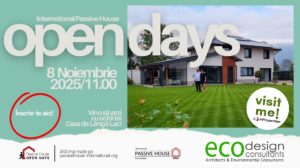


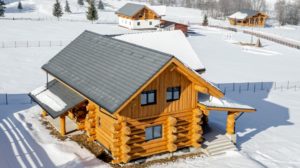
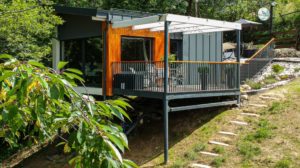
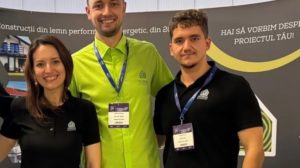
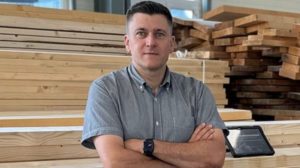
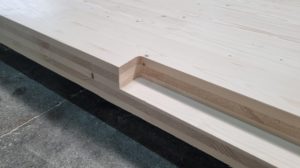



Add comment